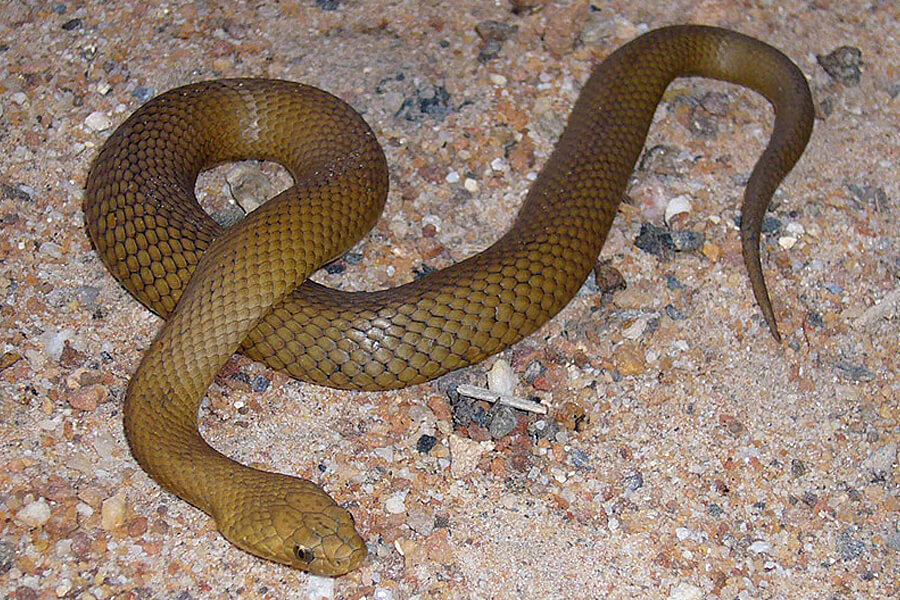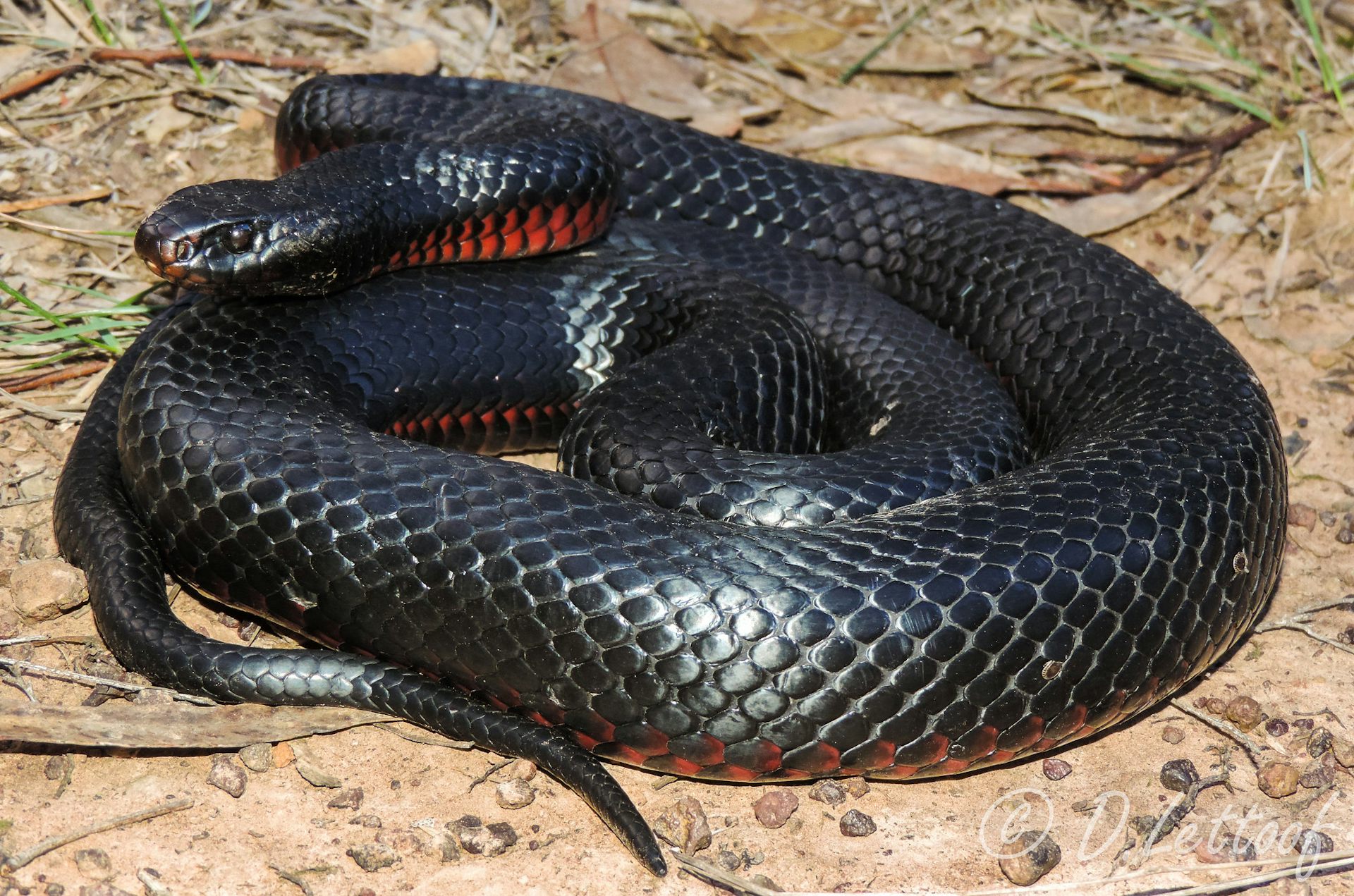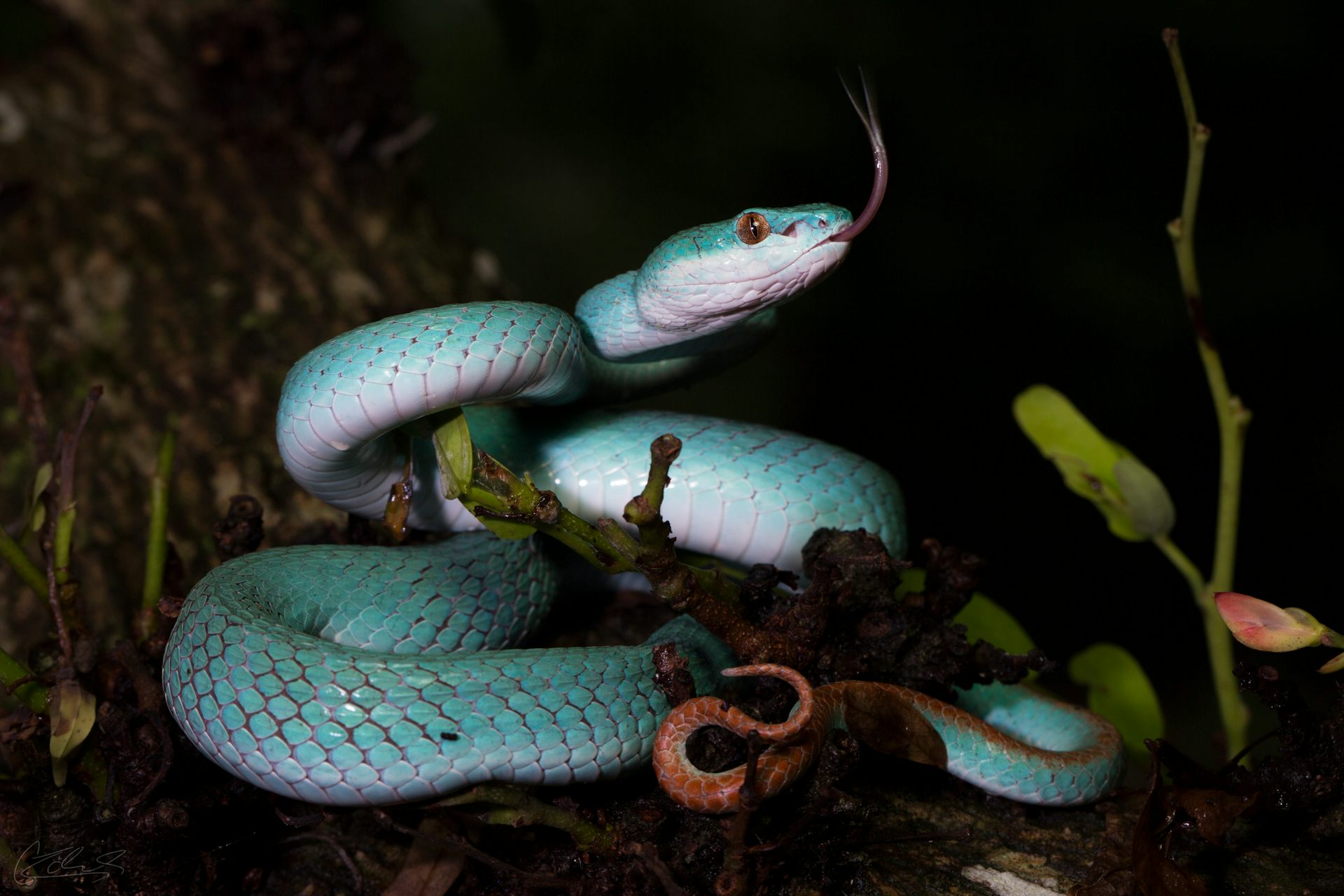Introduction
When it comes to venomous serpents, Australia is home to a few of one of the most fascinating and unsafe types in the world. Amongst these, the Tiger Snake attracts attention not only for its potent poison but likewise for its appealing habits. Recognizing the actions of venomous serpents like the Tiger Serpent is important for both wildlife lovers and those staying in locations where these serpents are present. This short article looks into different elements of Tiger Serpent actions, environment, identification, safety measures, and first aid practices in case of a serpent bite.
Understanding the Behavior of Venomous Snakes Like the Tiger Snake
The Tiger Snake, scientifically referred to as Notechis scutatus, is well-known for its aggressive nature when intimidated. These snakes display a range of behaviors that can be quite various from their non-venomous counterparts.
Characteristics of Tiger Snakes
The Tiger Snake is easily well-known because of Educating about venomous snakes its distinct bands or red stripes that resemble a tiger's markings. Conservation and Education They can differ in color from yellowish-brown to dark olive or black. This pigmentation offers not only as camouflage but also as a caution signal to potential predators.
Adaptability to Environment
One remarkable facet of their behavior is their versatility to various environments. Discovered mostly in seaside regions, marshes, and marshes throughout Australia and Tasmania, they can flourish in diverse habitats including urban areas.
Hunting Techniques
Tiger Serpents are ambush killers primarily feeding upon fish, frogs, and tiny mammals. They have keen sight and an intense feeling of scent which helps them in locating target effectively.
Venom Composition
Their venom consists of neurotoxins that impact the nerves, leading to paralysis or fatality in smaller sized animals. For human beings, prompt clinical focus is critical after a tiger snake bite due to its potentially dangerous effects.
Natural Environment of Tiger Snakes
Preferred Locations
Understanding where these serpents stay clarify their behavior patterns. The tiger snake habitat includes:
- Coastal regions Swamps Grasslands Urban locations with abundant water sources
Seasonal Movements
During warmer months, Tiger Snakes are extra active as they indulge in sunlight or quest for food. In contrast, cooler months see them retreating right into hibernation sites.

Are Tiger Snakes Venomous?
Yes! The inquiry "are tiger snakes poisonous?" often arises amongst those unfamiliar with this varieties. Their poison is considered among the most dangerous among all snake species worldwide.
Symptoms of a Tiger Snake Bite
If bitten by a tiger snake, signs might include:
- Localized pain Swelling at the bite site Nausea and vomiting Sweating and confusion
Immediate clinical help is important as neglected attacks can result in severe wellness difficulties or perhaps death.
First Help for Snake Bites: Quick Reaction Guide
Knowing just how to administer first aid for a serpent bite could save a person's life. Below's what you must do:
Step 1: Stay Calm
Keeping calmness aids reduce heart rate which minimizes venom spread.
Step 2: Immobilize the Affected Area
Keep the affected limb still and below heart degree if possible.
Step 3: Call Emergency Services
Always seek expert medical assistance promptly after a snake bite.
First Aid for Snake Bite Package Essentials
A well-equipped snake bite emergency treatment kit must consist of:
- A compression bandage Antiseptic wipes A set of scissors A cold pack
Safety Safety measures: Preventing Serpent Bites in Australia
Awareness Programs
Educating communities about regional snake varieties and their habits can substantially decrease encounters bring about bites.
Avoiding Unsafe Areas
Staying away from lengthy lawn throughout warmer months minimizes call with snakes that might be resting or hunting.

Common Misconceptions Regarding Tiger Snakes
Many individuals believe mistaken beliefs concerning the actions of tiger serpents result in unnecessary worry. Below are some clarifications:
Myth 1: All Tigers Are Aggressive
Not all tiger serpents will certainly display hostility if left uninterrupted; lots of favor fleeing rather than confrontation.
Myth 2: They Chase Humans
Tiger snakes do not proactively chase humans; they may strike when they really feel intimidated however will usually retreat if provided space.
Conservation Efforts Related to Poisonous Snakes
Conservation efforts concentrate on educating neighborhoods regarding safeguarding neighborhood wild animals while reducing human-snake interactions.

Importance of Ecosystems
Understanding that venomous snakes play an important role in maintaining ecological equilibrium helps foster gratitude rather than fear in Deadliest Australian snakes the direction of them.
FAQs Concerning Tiger Snakes
What needs to I do if I come across a tiger snake?- Maintain distance and slowly pull back without unexpected movements.
- While attacks aren't very typical due to recognition initiatives, they still occur annually within Australia.
- Baby tiger snakes can provide complete doses of venom regardless of being smaller sized; therefore caution is advised around them.
- They mostly consume frogs, fish, little creatures like rodents, and other reptiles.
- It's unlawful in most territories without correct licensing because of safety and security concerns concerning their venom.
- Wear tough boots and remain on marked routes; look prior to putting hands or feet right into hidden rooms like rocks or logs.
Conclusion
Understanding the actions of poisonous snakes like the Tiger Snake not only boosts our knowledge however additionally advertises safety and security recognition among those living near their habitats. From identifying their characteristics, understanding first aid methods adhering to a bite, with engaging preservation efforts-- every facet plays a necessary function in cultivating coexistence with these remarkable reptiles while respecting their place within our ecosystem.
As we deepen our understanding through education and experience, we add favorably towards guaranteeing both human safety and wildlife preservation-- profiting all parties involved!